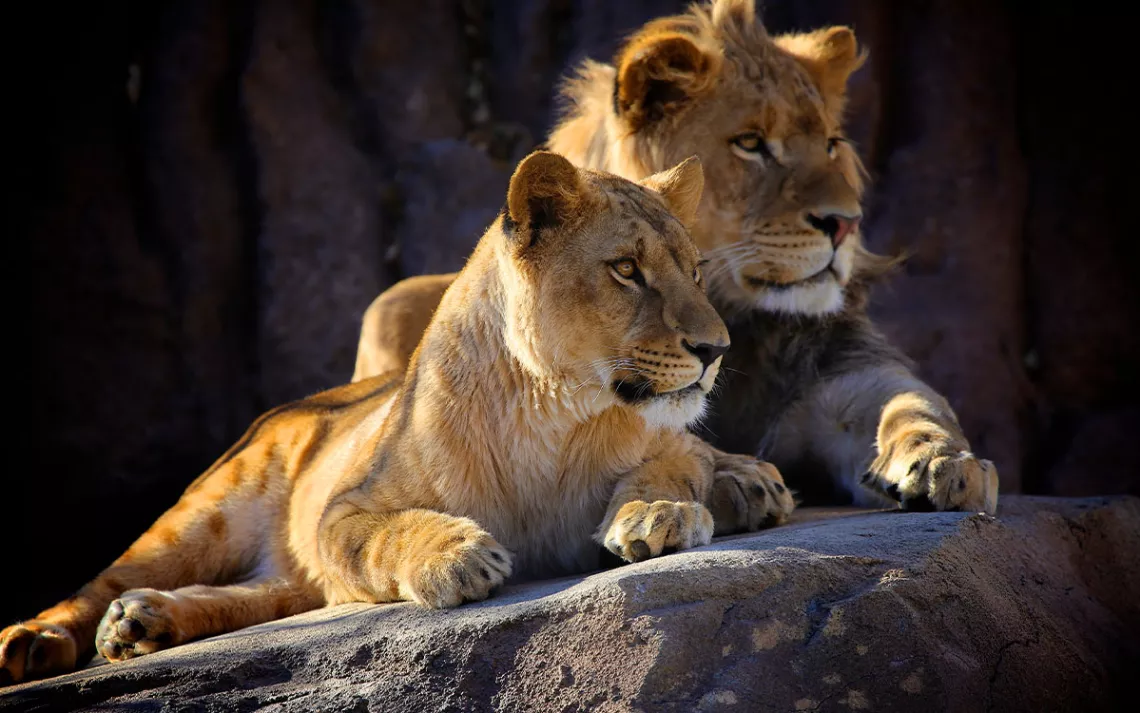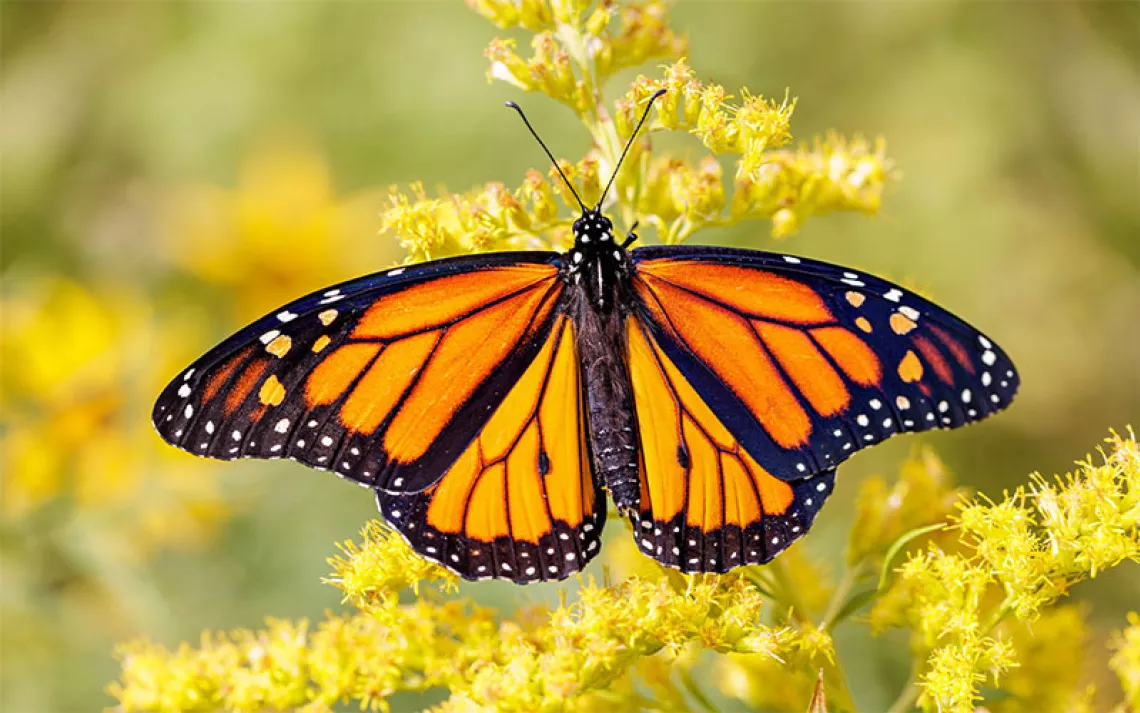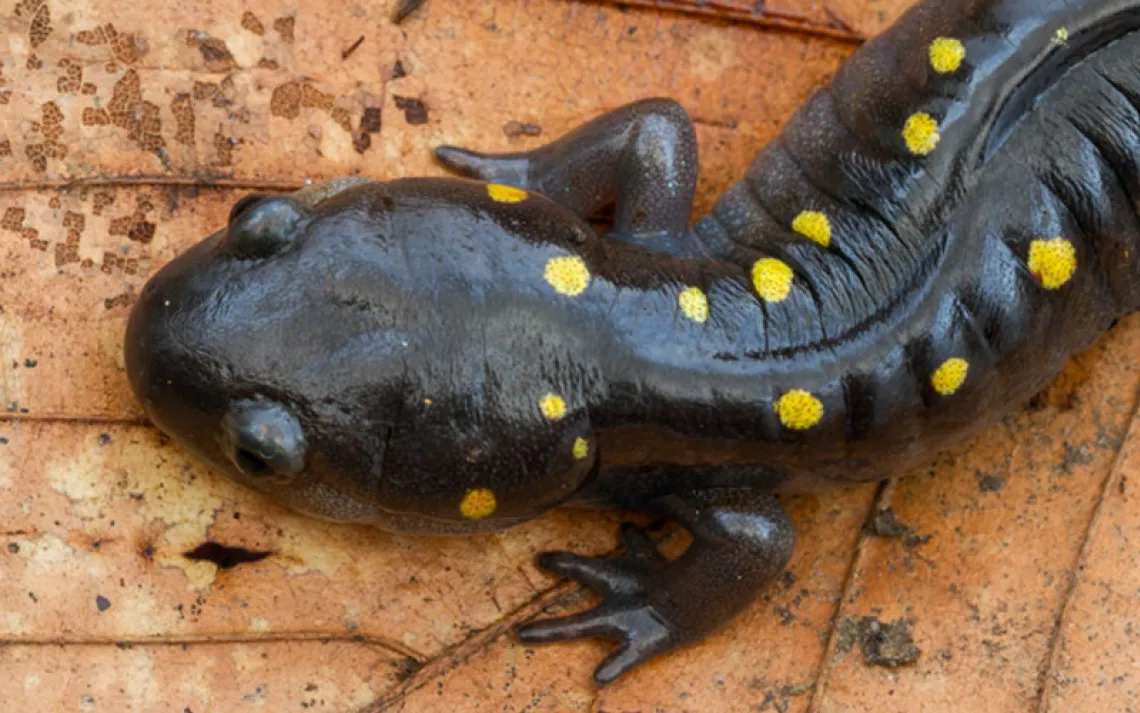The Best Wildlife Cams to Celebrate World Wildlife Day
These live streams provide a front-row seat to wildlife across the globe

Two young African lions. | Photo by sboice/iStock
There are about 2 million animal species on Earth. Of those species, 74,400 are vertebrates, 1.5 million are invertebrates (just over 1 million are insects!), 420,000 are plants, and 140,000 are fungi. You could spend a lifetime traveling the world to see them—or you can watch them from your kitchen table through live wildlife cams.
March 3 is World Wildlife Day, proclaimed in 2013 by the United Nations General Assembly. The date is the same day the Convention on International Trade in Endangered Species of Wild Fauna and Flora (CITES) was created in 1973. CITES, an international agreement, helps regulate the wildlife trade to ensure no species are threatened by it.
This year’s World Wildlife Day theme is all about exploring digital innovation in wildlife conservation, like these live feeds. “The celebrations will explore digital innovation and highlight how digital technologies and services can drive wildlife conservation and human-wildlife coexistence, now and for future generations in an increasingly connected world,” CITES said in a November press release.
To celebrate, here’s a roundup of wildlife webcams from every corner of the world. Even if you don’t spot any animals the moment you’re viewing, you can still take in the landscapes they call home. You can even join in YouTube chat conversations on some feeds to learn animals’ nicknames and catch up on what they’ve been up to.
Africa
This webcam is located at a watering hole in the Balule Nature Reserve in South Africa. Well-known African animals like elephants, hippos, and giraffes enjoy this watering hole, plus others like impalas and jackals. South Africa is one of the most biodiverse countries in the world: According to the World Wildlife Fund, while the country makes up only 2 percent of the world’s landmass, it’s home to 6 percent of the world’s mammal species, 8 percent of bird species, and 5 percent of reptile species.
Conservation is essential to preserving that life. Iconic species like the African elephant (the largest land mammal on Earth), African lion, black rhinoceros, hippo, and mountain zebra are all listed as vulnerable or endangered species. Only 9 percent of South Africa’s landmass is protected; nature reserves and national parks make up nearly half of that protected land. And Kruger National Park—located near this live feed—is one of the largest reserves in Africa.
Asia
In 2021, China announced it would bump the giant panda’s conservation status from “endangered” to “vulnerable,” a massive win for advocates hoping to boost panda numbers. The species was first listed as endangered by the International Union for Conservation of Nature in 1990 when the wild giant panda population hovered around 1,100 individuals. Now, around 1,800 pandas live in the wild. Conservation groups regard the increase in numbers as a huge conservation success, and now pandas have become a de facto symbol of the wildlife conservation movement.
While there aren’t any public streams showing pandas in the wild, this webcam shows 11 different panda yards at the Shenshuping Gengda Panda Center in the Wolong Valley Nature Reserve in China.
Australasia/Oceania
New Zealand is home to an estimated 80,000 endemic species, including the Otago shag (Matapo in Māori), the only endemic seabird in the Otago region. A colony of the seabirds began breeding at Sumpter Wharf in 2014; now the colony accounts for nearly 50 percent of the entire species.
According to the Urban Wildlife Trust, which runs this wildlife camera in partnership with the Ōamaru Blue Penguin Colony, Otago shags prefer to nest in areas close to the sea with little disturbance, a reason why this dock is so popular. The Otago shags at Sumpter Wharf share the area with the spotted shag, another endemic bird—while Otago shags are found only on the southeastern edge of the South Island, spotted shags breed on the coasts of the North, South, and Steward Islands.
Europe
Every day from 5 a.m. to 11 p.m., you can have the chance to view bottlenose dolphins in Cardigan Bay, off the west coast of Wales, thanks to a webcam run by the Cardigan Bay Marine Wildlife Centre. There are two populations of bottlenose dolphins in the United Kingdom: one in the Moray Firth inlet in Scotland and the other in Cardigan Bay. According to the Sea Watch Foundation, the Cardigan Bay population lives in the bay year-round, with the majority of calves being born between May and August (dolphin calves stay with their mothers for an average of three years). This webcam assists scientists in studying this population of dolphins—and allows the world to catch a glimpse of them too.
North America
On February 18, the two bald eagles nesting near Decorah, Iowa, laid their second egg of this year’s nesting season. The Raptor Resource Project, in partnership with Explore.org, set up this live feed to allow viewers to watch the lives of the nesting eagles. Eagles have nested in this location four times since 2009, and their nests are huge—this one is 56 feet off the ground, and in 2021, it was 12 feet across.
The two eagles, DNF (Decorah North Female) and Mr. North, have mated since 2018. Mating season typically begins for bald eagles in late March or early April, with chicks fledging in mid to late June. The Raptor Resource Project estimates this year’s eggs will hatch around March 23—mark your calendars for the chance to watch the eggs hatch live!
South/Central America
Nearly 400 bird species have been spotted at this fruit feeder table in Panama: The country is home to 972 indigenous bird species in total. Birds that frequent this feeder include common species like hummingbirds and honeycreepers but also colorful rainforest birds like keel-billed toucans (one was recently seen snacking on papaya and wasps!), collared aracaris, and bay-headed tanagers. The feeder—and webcam—is located in El Valle de Antón, a village within the largest inhabited volcano crater in the Western Hemisphere (the volcano is extinct). It’s run by the Cornell Lab and hosted by the Canopy Lodge, an ecotourism hotel.
Panama provides a critical habitat for migratory bird species. According to Audubon, Panama Bay alone hosts dozens of North American migratory birds. Conservation is essential, as a recent study found that many rainforest bird species had lost more than 50 percent of their population from 1977 to 2020.
Oceans
This camera is located on the south shore of Utila, a small island within the Bay Islands off Honduras. It shows the thriving marine life found along a reef wall 20 feet under the ocean surface and 400 feet from the shore: here, brightly colored fish, sharks, eels, and sometimes sting rays swim by.
The feed is run by Explore.org and Utopia Village, a once-thriving resort that, after the pandemic became a marine research base and permanent housing for locals who work there. Honduras encompasses 1,120 square kilometers of coral reefs, many of which are concentrated around the Bay Islands. According to the Roatán Tourism Bureau, around 210 species of fish call these waters home.
 The Magazine of The Sierra Club
The Magazine of The Sierra Club



